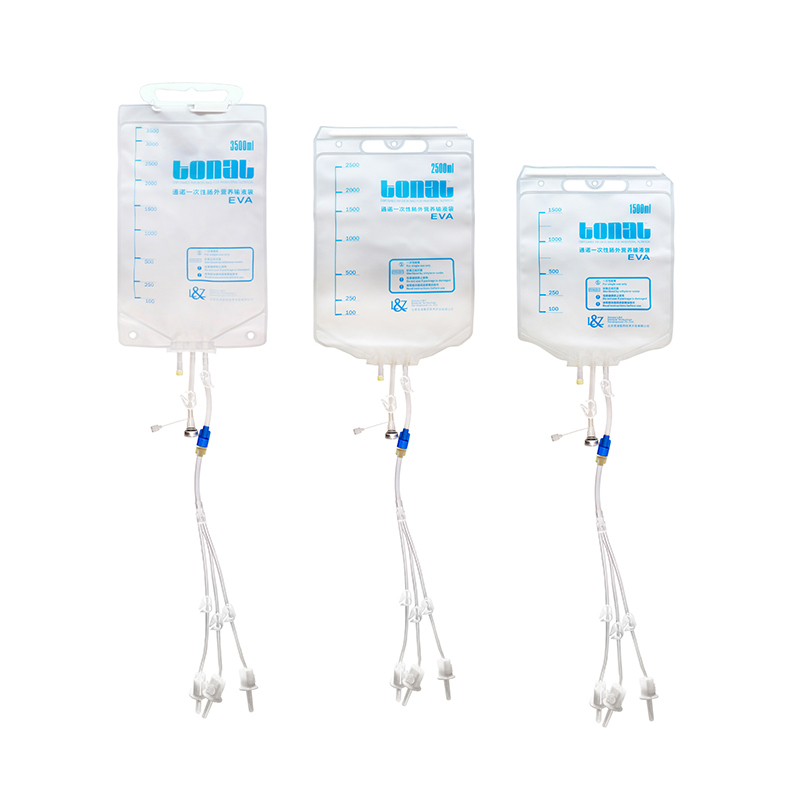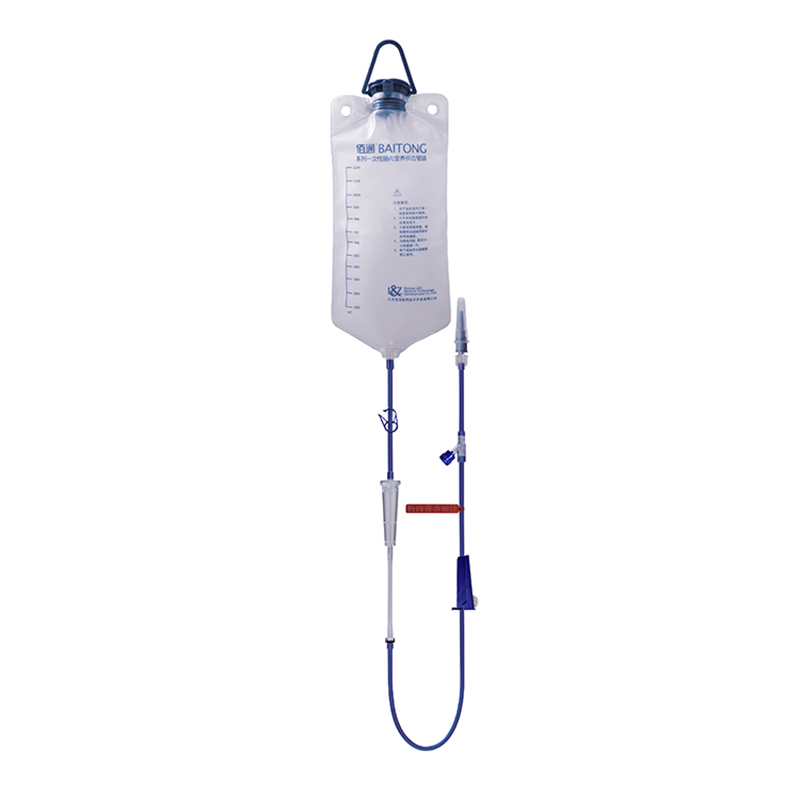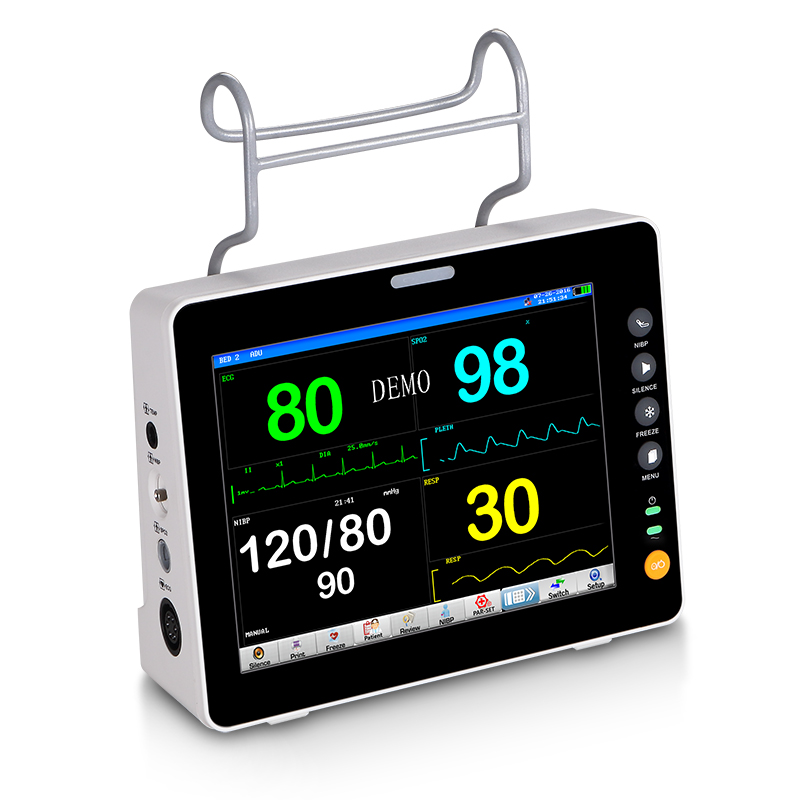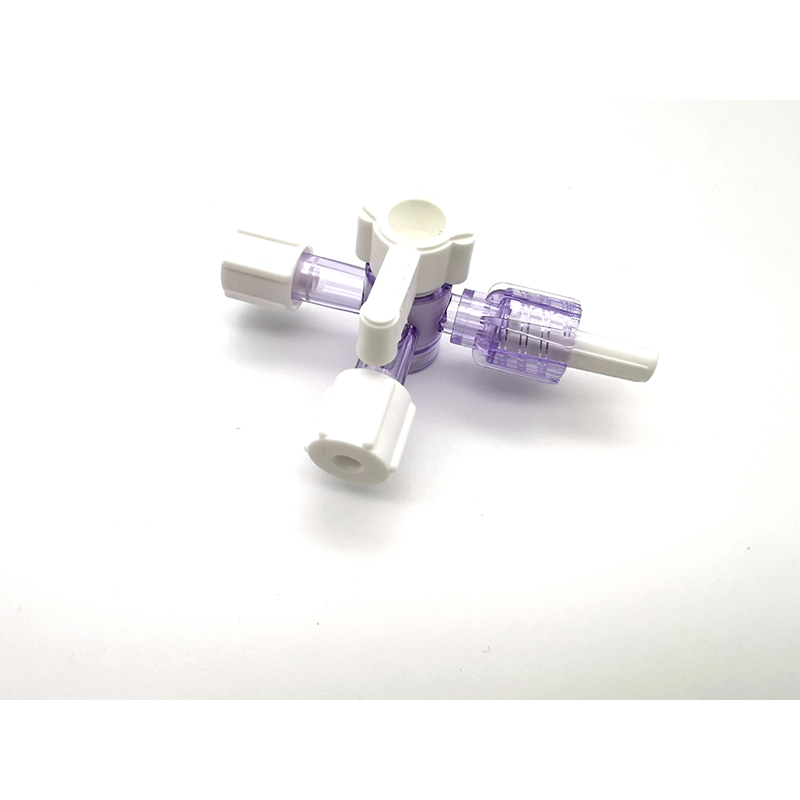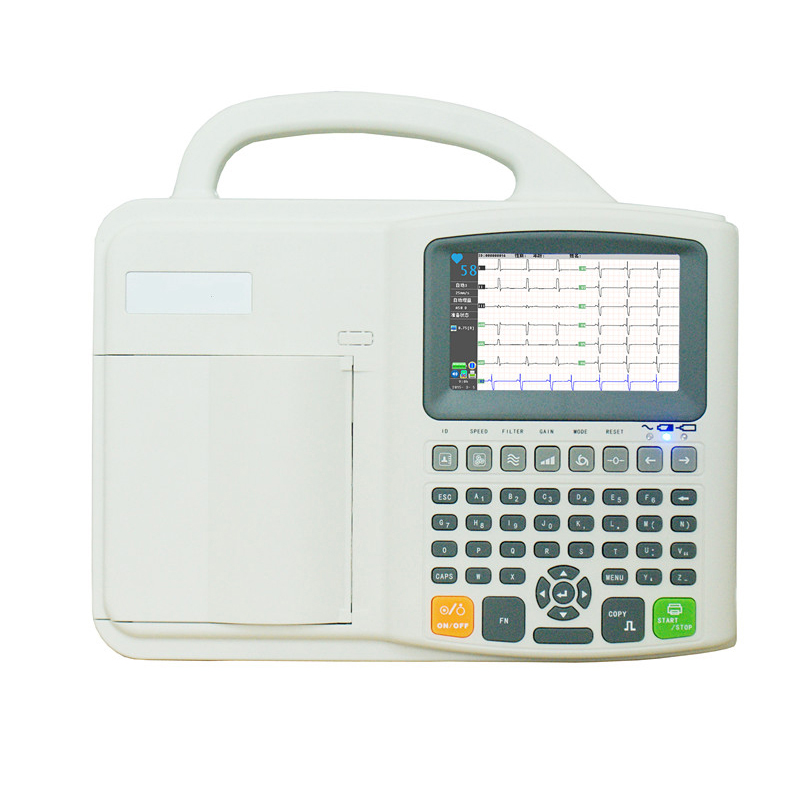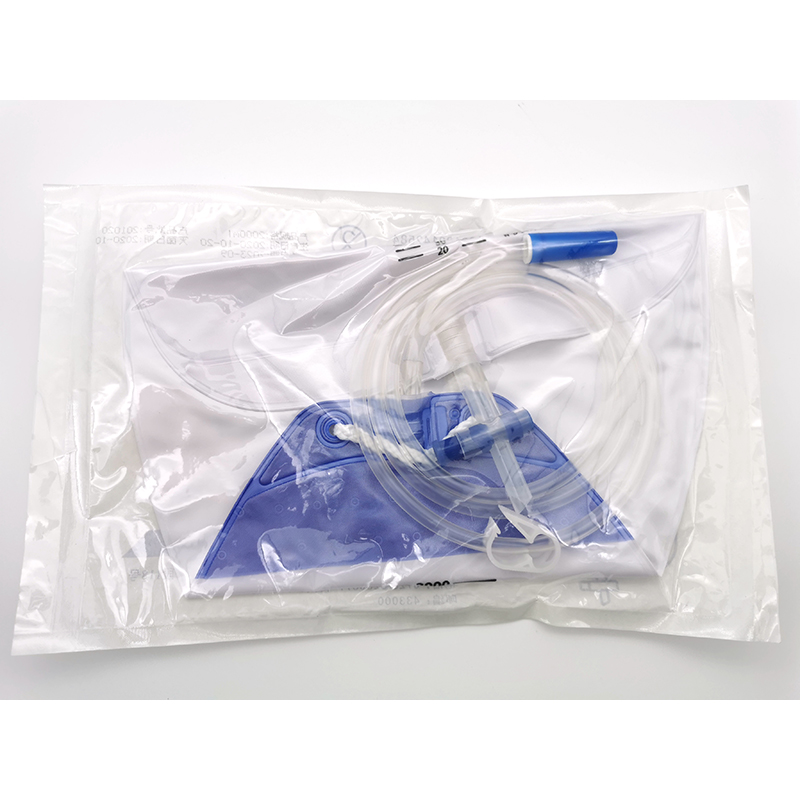
OEM China Blood Tubing Manufacturers Suppliers - PICC – LINGZE
OEM China Blood Tubing Manufacturers Suppliers - PICC – LINGZE Detail:
Product Detail
OVERVIEW
The CATHTONG™ II PICC Catheter is intended for short or long-term peripheral access to the central venous system for infusion, intravenous therapy, blood sampling, power injection of contrast media, the administration of fluids, medications and nutrients, and allows for central venous pressure monitoring. The CATHTONG™ II PICC Catheter is indicated for dwell time shorter or greater than 30 days.
POWER INJECTION
The CATHTONG™ II Catheter is designed with Power Injection capability. Power Injection allows for the injection of contrast media at a rate of 5.0 mL/sec. This feature allows the PICC line to be used for Contrast-Enhanced CT (CECT) Imaging.
DUAL LUMEN DESIGN
The dual lumen design allows for the use of two types of therapies simultaneously without having to insert multiple catheters. Additionally, CATHTONG™ II features various lumen diameters to provide a wide range of flow rates.
Features
|
· |
Easy Identification |
| Clear labels on clamps and extension tube allows for easy identification of maximum flow rate and power injection capability | |
|
· |
Markings |
| Markings every 1 cm along catheter body | |
|
· |
Versatility |
| Dual lumen design allows a single device to be used for multiple therapies | |
|
· |
Adjustable |
| 55 cm body can be trimmed to desired length | |
|
· |
Strength and Durability |
| Catheter body made using polyurethane |
Parameter
|
SKU/REF |
Lumen |
Catheter Size |
Gravity Flow Rate |
Peak pressure |
Max Flow Rate |
Priming Volumes |
Lumen Gauge Size |
|
4141121 |
Single |
4Fr |
15.5 ml/min |
244 psi |
5.0 mL/sec |
< 0.6 mL |
18 Ga |
|
5252121 |
Dual |
5Fr |
8 ml/min |
245 psi |
5.0 mL/sec |
< 0.5 mL |
18 Ga |
PICC KIT INCLUDES
• PICC Line
• Catheter Stabilization Device
• Information for Use (IFU)
• IV Catheter w/ Needle
• Scalpel, safety
• Introducer Needle
• Micro-Access with Dilatator
• Guidewire
• MicroClave®
About PICC
If you use PICC, you should be careful not to move your arms too much or too vigorously during use to prevent the catheter from falling off or breaking; in addition, flush the tube and change the membrane once a week (by the nurse), and try to use the shower for bathing. The loose membrane should be replaced in time to prevent the catheter from being blocked or infection of the skin and blood vessels at the place where the catheter is placed. If PICC is well maintained, it can generally be used for more than 1 year, which is enough to maintain until the end of chemotherapy.
1. Vein selection
PICC catheters are usually placed in the expensive veins of the cubital fossa, the median cubital vein, and the cephalic vein. The catheter is inserted directly into the superior vena cava. Need to choose a blood vessel with good flexibility and visibility.
2. Indications for PICC intubation
(1) Those who need long-term intravenous infusion, but the condition of the peripheral superficial vein is poor and it is not easy to successfully puncture;
(2) It is necessary to repeatedly input stimulant drugs, such as chemotherapy drugs;
(3) Long-term input of drugs with high permeability or high viscosity, such as high sugar, fat emulsion, amino acids, etc.;
(4) Those who need to use pressure or pressurized pumps for rapid infusion, such as infusion pumps;
(5) Repeated transfusion of blood products, such as whole blood, plasma, platelets, etc.;
(6) Those who need multiple intravenous blood tests a day.
3. The contraindications of PICC catheterization
(1) The patient’s physical condition cannot withstand the intubation operation, such as the blood coagulation mechanism obstacle, and those who are immunosuppressed should use it with caution;
(2) Those who are known or suspected of being allergic to the components contained in the catheter;
(3) A history of radiotherapy at the scheduled intubation site in the past;
(4) Past history of phlebitis and venous thrombosis, history of trauma, and history of vascular surgery at the scheduled intubation site;
(5) Local tissue factors that affect the stability or patency of the catheter.
4. Operation method
The patient takes the supine position and measures the length of the patient from the puncture site to the superior vena cava with a measuring tape. It is generally 45~48cm. After the puncture site is selected, the tourniquet is tied and routinely disinfected. The PICC catheter venous puncture is carried out according to the instructions, and it is retained according to the patient’s condition. The length of the catheter, X-ray film after the puncture, can be used after confirming that it is in the superior vena cava.
Advantages of PICC
(1) Because the puncture point is in the peripheral superficial vein when PICC is inserted, there will be no life-threatening complications such as blood pneumothorax, large blood vessel perforation, infection, air embolism, etc., and the choice of blood vessels is large, and the puncture success rate is high. The movement of the limbs at the puncture site is not restricted.
(2) It can reduce the pain caused to patients due to repeated venipuncture, the operation method is simple and easy, and it is not restricted by time and place, and can be operated directly in the ward.
(3) The PICC catheter material is made of special polyurethane, which has good histocompatibility and compliance. The catheter is very soft and should not be broken. It can be left in the body for 6 months to 1 year. The life habits of patients after catheterization are basically not Will be affected.
(4) Because the catheter can directly enter the superior vena cava, where the blood flow is large, it can quickly reduce the liquid osmotic pressure or local tissue pain, necrosis, and phlebitis caused by chemotherapy drugs.
Patients who undergo early intubation will hardly experience venous damage during chemotherapy, ensuring that there is a good venous passage during chemotherapy and the chemotherapy can be successfully completed. It has become a convenient, safe, fast and effective intravenous access for long-term intravenous nutritional support and medication for critically ill and chemotherapy patients.
Dispose of blockage
If the PICC pipeline is inadvertently blocked, the negative pressure technique can be used to inject the diluted urokinase 5000u/ml, 0.5ml into the PICC lumen, stay for 15-20 minutes and then withdraw with a syringe. If the blood is drawn out, it means that the thrombosis is successful. If no blood is drawn out, the above operation can be repeated repeatedly to make urokinase stay in the catheter for a certain period of time until blood is drawn out. It should be noted that the total amount of urokinase should not exceed 15000u. After the catheter is unobstructed, withdraw 5ml of blood to ensure that all medicines and clots are withdrawn.
General maintenance
The dressing must be changed for the first 24 hours. After the wound heals well and there is no infection or bleeding, change the dressing every 7 days. If the wound dressing is loose and damp, change it at any time. If the puncture site has redness, rash, exudation, allergies and other abnormal conditions, the dressing time can be shortened, and local changes should be continuously observed. Strictly perform aseptic operation every time the dressing is changed. The film should be removed from bottom to top, and attention should be paid to fix the catheter to prevent it from falling off. Record the date after replacement. When children take a bath, wrap the puncture site with plastic wrap, and change the dressing after bathing.
Before using PICC infusion, use iodophor cotton swab to wipe the heparin cap for 30 seconds. Before and after intravenous treatment, use a syringe of no less than 10ml to draw normal saline to flush the lumen. After transfusion of high-concentration liquids such as blood products and nutrient solutions, pulse flushing of the tube with 20ml of normal saline. If the infusion rate is slow or for a long time, the tube should be flushed with normal saline during use to prevent the tube from being blocked.
Product detail pictures:
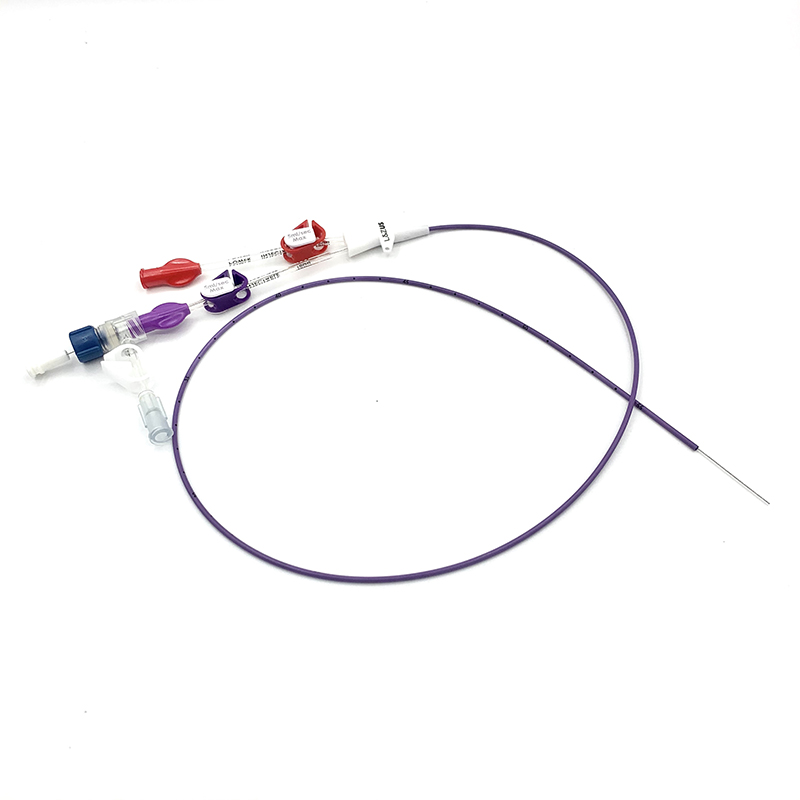
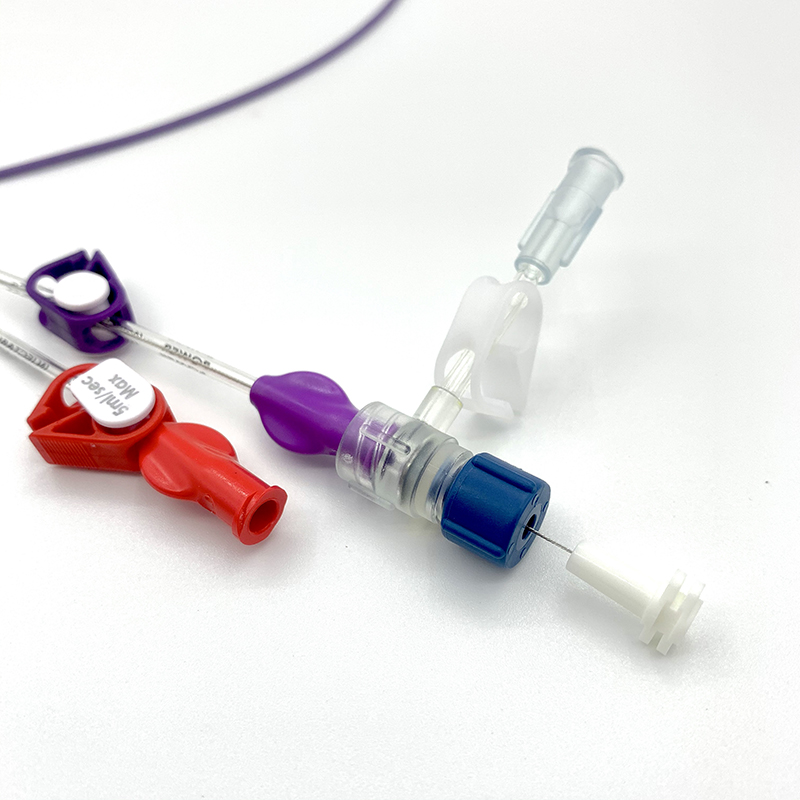
Related Product Guide:
We also present product or service sourcing and flight consolidation products and services. We have our possess manufacturing facility and sourcing place of work. We can easily supply you with almost every type of product or service connected to our item variety for OEM China Blood Tubing Manufacturers Suppliers - PICC – LINGZE , The product will supply to all over the world, such as: Ecuador, Morocco, Wellington, Our advanced equipment, excellent quality management, research and development ability make our price down. The price we offering may not be the lowest, but we guarantee it is absolutely competitive! Welcome to contact us immediately for future business relationship and mutual success!
The sales manager is very patient, we communicated about three days before we decided to cooperate, finally, we are very satisfied with this cooperation!

